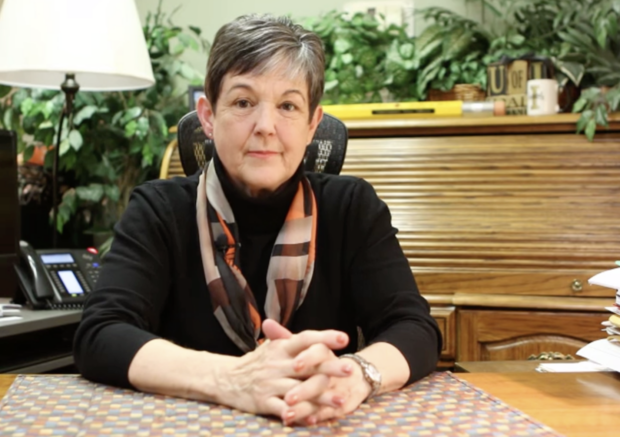It is misleading to use a single metric to measure or predict student success. And as a single test score metric cannot measure success, neither should it be used to label school districts, administrators, or teachers as failures.

Are college entrance exam scores the best way to predict a student’s potential for success in college? There is a growing body of evidence that indicates they are not. In his September 16, 2020 article in The Atlantic, author Jeffrey Selingo wrote that “most educators agree that the architects of the SAT never intended it to be the high-stakes assessment it has become.”
According to the US News & World Report (May 14, 2021) more than 1,400 colleges and universities will not require students to submit a college entrance exam when applying for fall 2022 admission. The entire University of California system will not require students to submit SAT or ACT scores, largely because the exams were determined, in a 2019 lawsuit, to be biased against minority and low income students.
Even college admissions counselors sense the changing environment. In their 2019 State of College Admission report, the National Association for College Admission Counseling (NACAC) noted that the college admission test was not one of the top three factors that carry “considerable importance” in making college admission decisions. The top three factors they noted were a student’s grades, their grades in college preparatory courses, and the strength of the curriculum in their schools.
The S.A.T. purports to measure a student’s readiness for college by assessing them in Evidenced Based Reading and Writing and Mathematics. The exam is given in Idaho every year on one day over three hours. The College Board says that students who meet their benchmark score have a 75% chance of earning a C or better in the first semester of their freshman year. Some students meet the benchmark score in either Math or English Reading and Writing. A smaller number earn the benchmark in both areas.
Are these the best criteria to predict post-high school student success? We think not. A few years back, a large Idaho district conducted an analysis of a class of students who had graduated from college within the six-year period typically used by the National Council of Educational Statistics in judging college success. The district found that over a quarter (25%) of these college graduates had not met the SAT benchmarks established by the College Board. Thank goodness they persisted despite their scores.
If a college admissions test is not the best metric for predicting student success in college, what is? The NACAC report states that college admissions counselors consider:

- high school grades;
- rigor of courses taken;
- college admissions score;
- student writing samples;
- teacher and counselor recommendations;
- participation in extra-curricular activities.
That makes sense. A student who follows a rigorous college preparatory curriculum, and takes AP or dual credit courses, is already engaged in college level work.
There are also a myriad of skills that students develop over the course of their high school careers that are success factors: participation in extra and co-curricular activities, clubs and organizations, community service projects, working while going to school, and others. These skills and dispositions help students learn to manage their time, set goals, develop and improve their skills, build relationships, and learn to work with others.

Every superintendent and high school educator can produce powerful examples of students from all socio-economic and ethnic backgrounds who have gone on to be very successful after high school in a wide variety of fields, regardless of their college admissions test score.
For example, Jonathan came to the United States from a war-torn African country in the 3rd grade. He worked diligently throughout his school career, and took numerous Advanced Placement courses in high school. He took every exam associated with the rigorous A.P. courses in which he enrolled, but passed only one and did not meet the college readiness benchmarks on the S.A.T. Nevertheless, he successfully enrolled in and attended two Idaho universities and is currently finishing a pre-med degree.

Attending and graduating from a four-year college is only one of many ways in which students can experience success after high school. Some students:
- join the military, where they patriotically serve our country;
- choose to serve missions for their church, often proudly carrying on family traditions;
- pursue trades such as plumbing, auto repair, welding, HVAC, dental hygienist, and other offered in our schools and at our two-year colleges;
- choose to enter the workforce, frequently to support their families.
There are plenty of adults across Idaho who did not meet the “prepared” threshold on the SAT and who are living successful lives.
We stand behind our public school educators, students and families, and believe they are providing the tools of achievement for their students. We believe teachers deserve higher pay and that students should have more classroom resources. We know that the best decisions for our Idaho communities and schools are made locally. As another challenging school year begins, let’s support and encourage their success.
Co-written by Wil Overgaard, Geoffrey Thomas, Teresa Fabricius and Don Coberly, all retired Idaho superintendents.
